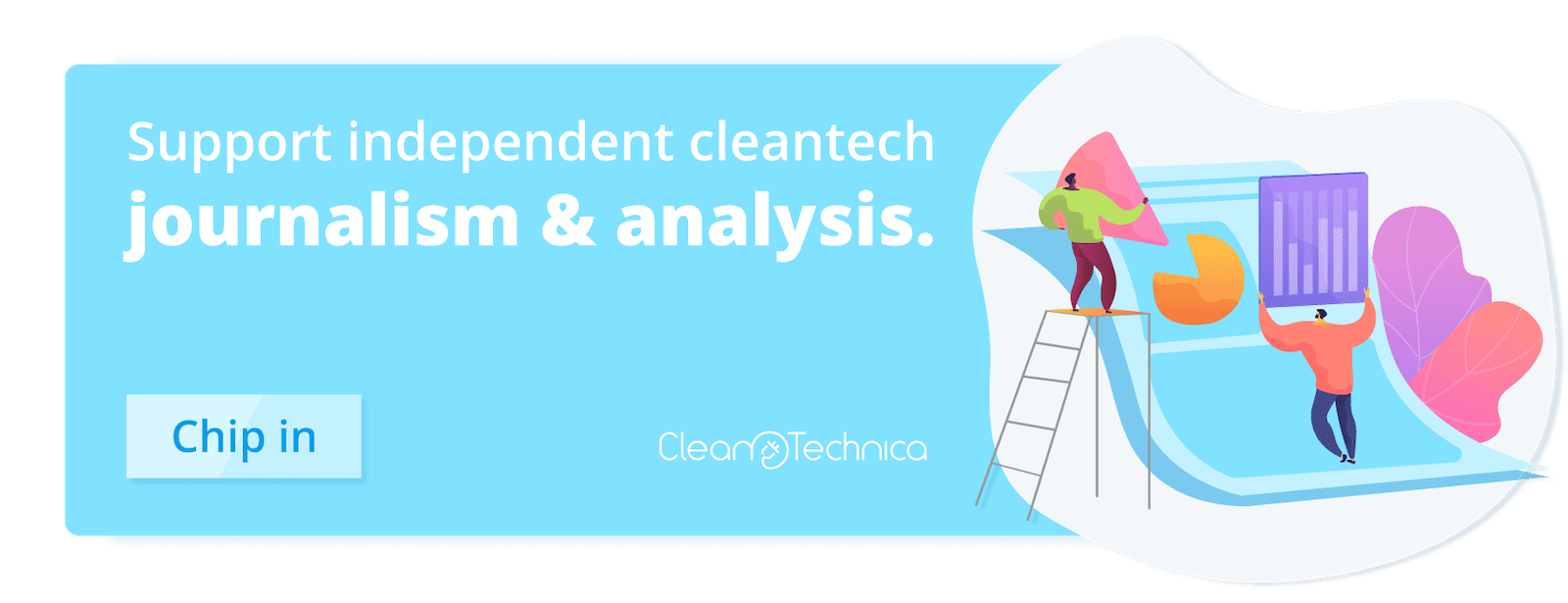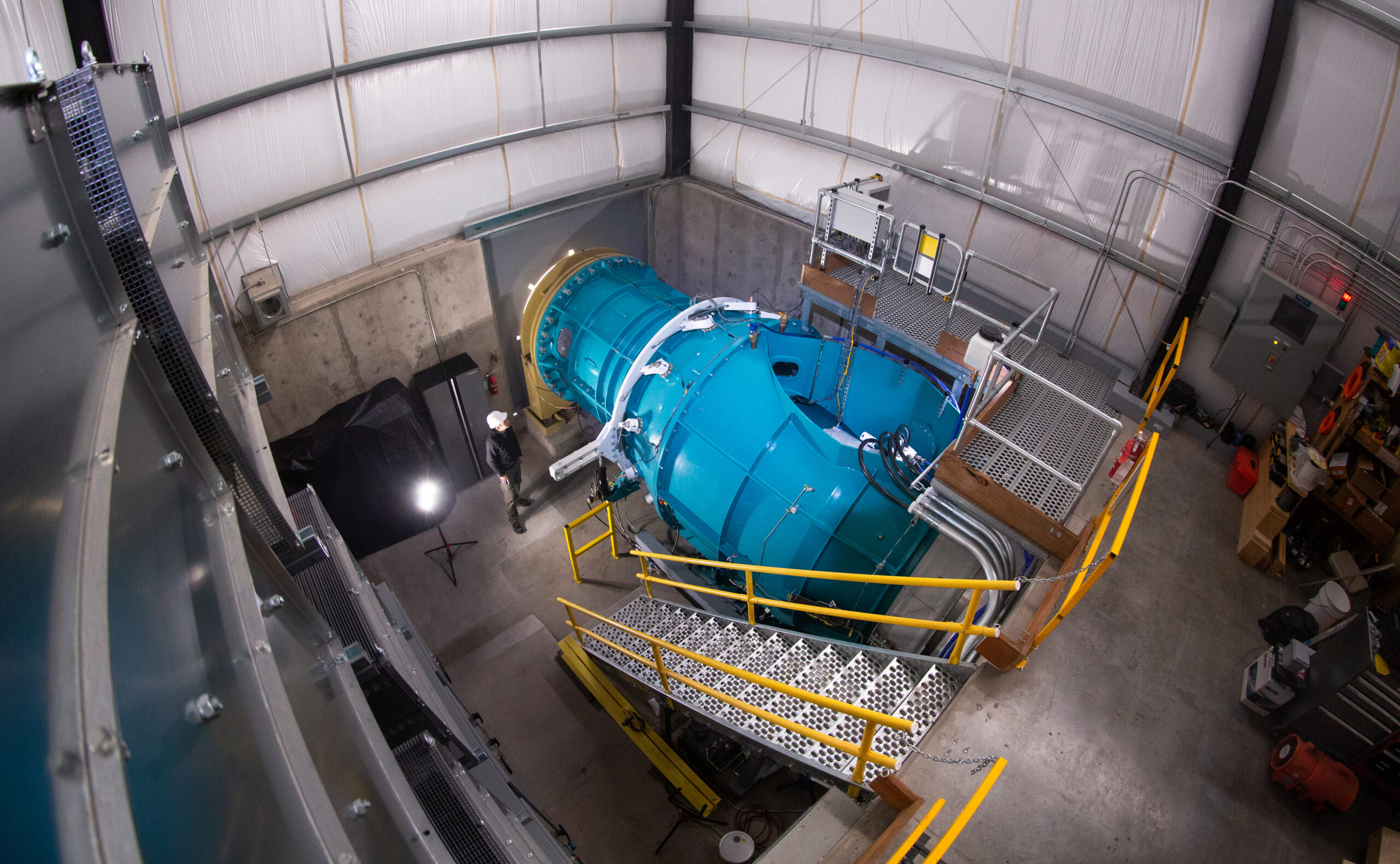
MyHydro, the US distributed hydropower company that is the brainchild of serial energy investor Paul Hinks, is already spreading its wings to new pastures in Africa. While it is developing 33 new small hydro plants in the Democratic Republic of Congo, its engineers are working with partners in Cameroon, Malawi, South Africa, Zambia and Kenya and they are soon to begin site identification work in Guinea and Uganda.
MyHydro is essentially a water-to-wire utility investment firm for Africa and it wants to bring down the cost of power for Africa’s off-grid communities. MyHydro is banking on the fact that hydroelectricity is still one of the cheapest forms of power in Africa, and indeed globally. Of equal importance, hydropower projects can generate 24/7 electricity if the water source it is using is also continuous and the project is appropriately designed. This help will provide vital continuous access to electricity to many communities on the continent that still don’t have it. According to the February 2021 “Unlocking Africa’s Mini-Grid Market” report, 60% of Africa’s population live in rural areas. Only 5% of this rural population has access to modern electricity services, without which sustainable development cannot take place.
It is startling to see that in 2023 more than 600 million people in Africa still do not have access to electricity. According to the World Bank, Zambia, Malawi and, in particular, Burundi have some of the world’s lowest rural electrification rates (15%, 6%, and 2%, respectively). The DRC is not that much better off compared to Zambia, for example. These kinds of distributed mini run-of- river mini hydro projects will play a critical role as a part of the energy mix to increase energy access and they will do it in a cleaner and more sustainable manner.
But the growth that is necessary to help tackle this major issue on the continent requires new capital. While My Mydro has already secured some investors for its activities in DRC, Hinks says the large portfolio they now have means they must raise more equity to support the platform’s aggressive growth.
He recently told CleanTechnica:
“I never expected such enormous interest in MyHydro, but it seems that many people see exactly what I saw when I first visited Natel Energy. It’s a very cost competitive solution that is emission free, fish safe and it operates with only a small drop between the river intake and the turbine house. It’s perfect for Sub Saharan Africa which has vast water resources, and this is why we have started out in the DRC.”
MyHydro is the result of an exclusive partnership with Natel Energy, a San Francisco-based manufacturer which has engineered the world’s first fish-safe hydropower turbine. Water turbines were first invented in 1849 by James Francis, but in more recent times the issue of fish mortality and the ability of fish to travel upstream to spawn has been high on the agenda of ecologists and environmentalists the world over. The damage that both small and large dams have caused to the fish population and to the environment is immeasurable. In the United States, dam removal is now underway and is picking up pace. After the largest fish death in US history, local tribes who are now forced to eat meat launched a decades long fight to remove four dams on the Klamath River in Oregon and California. Now, that dam removal and river restoration project is underway and it is scheduled for completion by the end of 2024 at an estimated cost of $450m.
At a time when dam removal calls are growing in various places around the world, MyHydro’s projects will be powered by the low head Restoration Hydro Turbine from Natel, which is a modular low-head machine, meaning it operates with a hydraulic head in the range of 2 to 20 meters and at capacities of up to 3 MW per machine unit. Higher-head fish-safe turbines are also being engineered at the moment. When scaling up is required, multiple units can be installed at the same site, or in a cascade on the same river. This will mean that MyHydro’s projects will minimize impact on rivers and fish life.
This turbine’s modular design low-head turbine opens up a whole new range of opportunities close to major load centers such as small villages, commercial farms, mines, factories, and even large towns and cities that are close to rivers.

When asked about the risks of investing and operating in a country like the DRC, Hinks says:
“Of course, there are risks, it’s our job to mitigate them so that our investments are secure. But where there is higher risk there is a potentially higher reward. Our management team has extensive experience operating and delivering in Africa and elsewhere and sometimes in much riskier, more challenging countries than the DRC. In actual fact the DRC has made good progress in recent years, and it is now a country I’d recommend as an investment destination to other like-minded investors, especially those who see their investments not only in terms of healthy financial returns, but also as a development and climate change dividend.”
Images courtesy of MyHydro
I don’t like paywalls. You don’t like paywalls. Who likes paywalls? Here at CleanTechnica, we implemented a limited paywall for a while, but it always felt wrong — and it was always tough to decide what we should put behind there. In theory, your most exclusive and best content goes behind a paywall. But then fewer people read it! We just don’t like paywalls, and so we’ve decided to ditch ours. Unfortunately, the media business is still a tough, cut-throat business with tiny margins. It’s a never-ending Olympic challenge to stay above water or even perhaps — gasp — grow. So …






